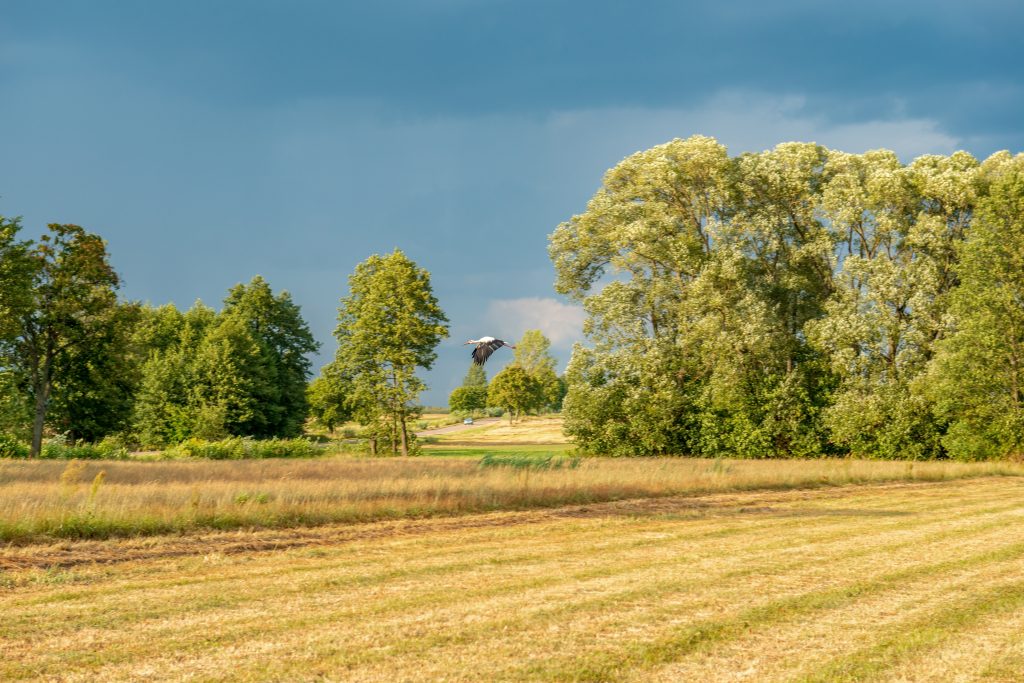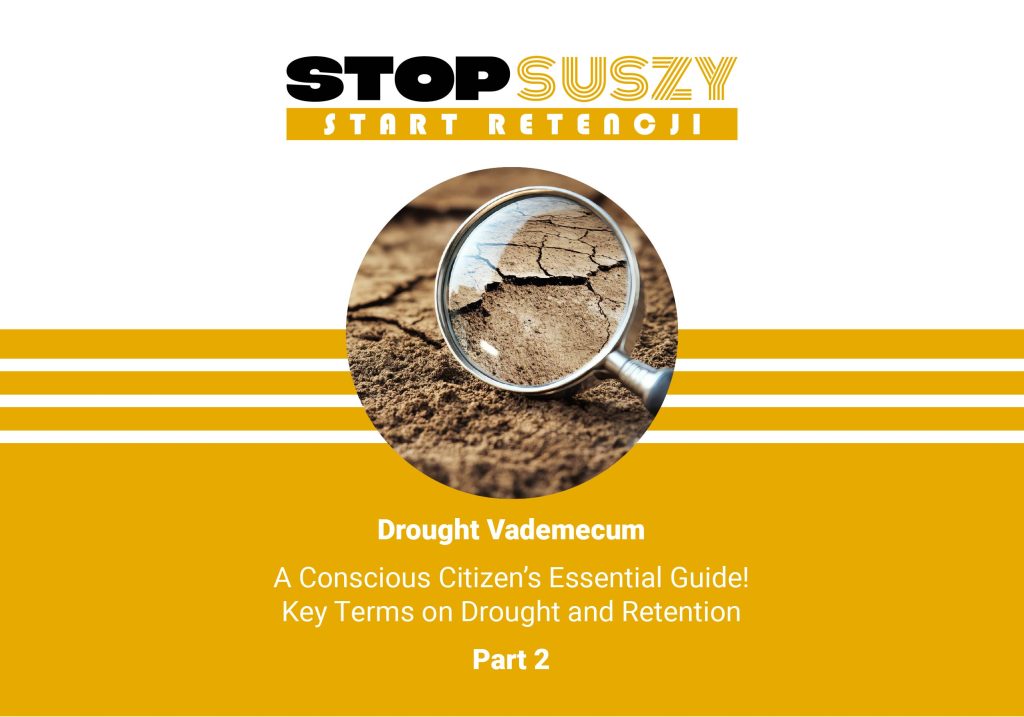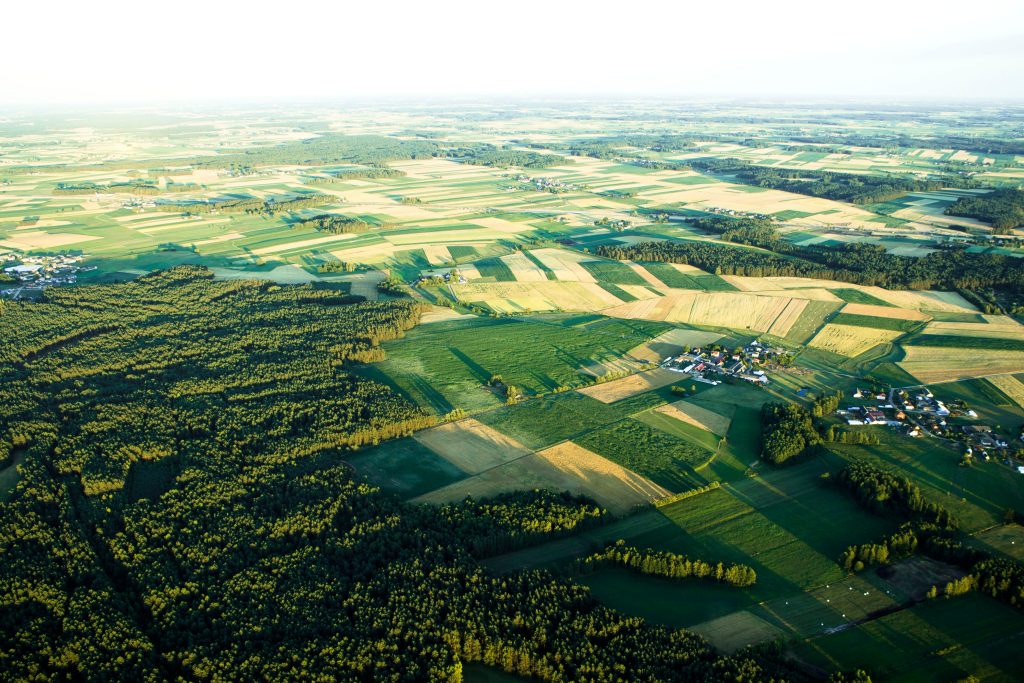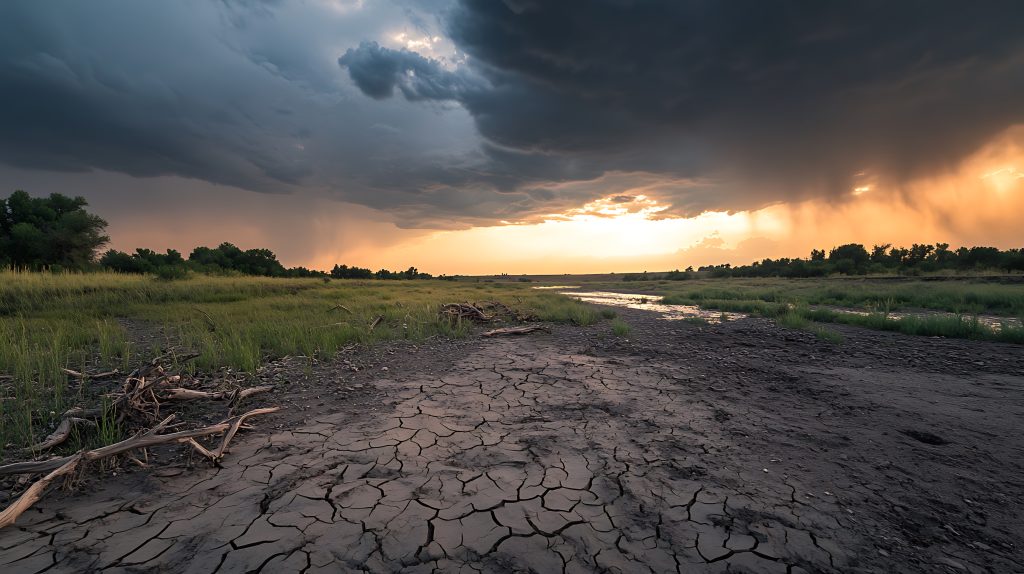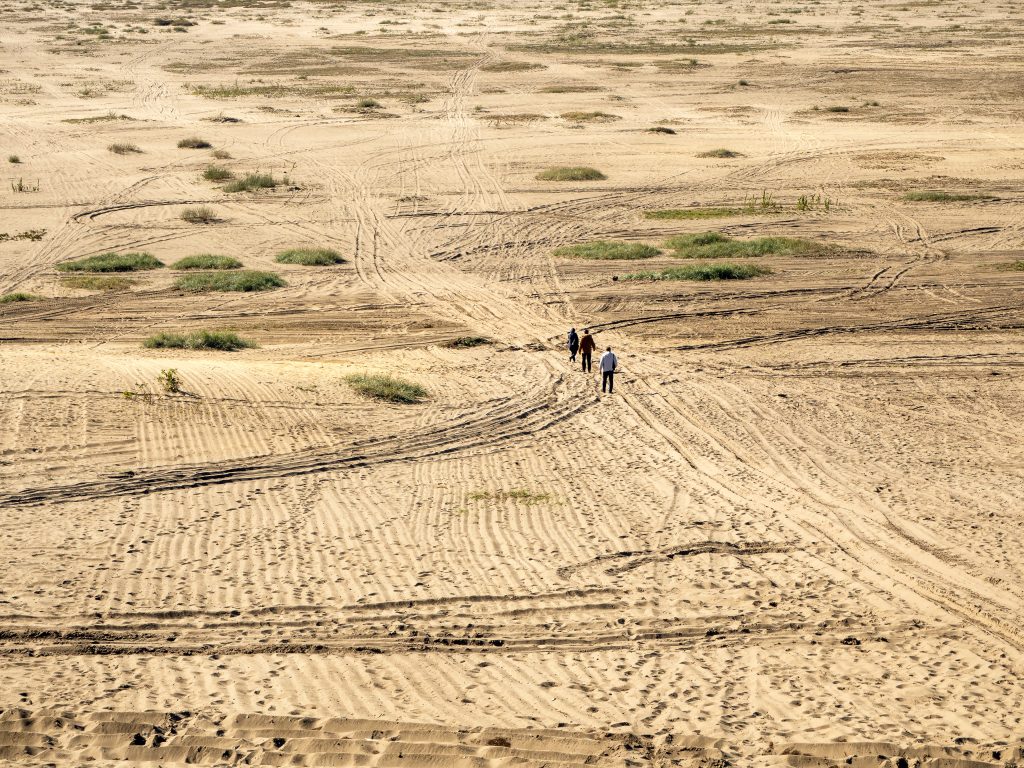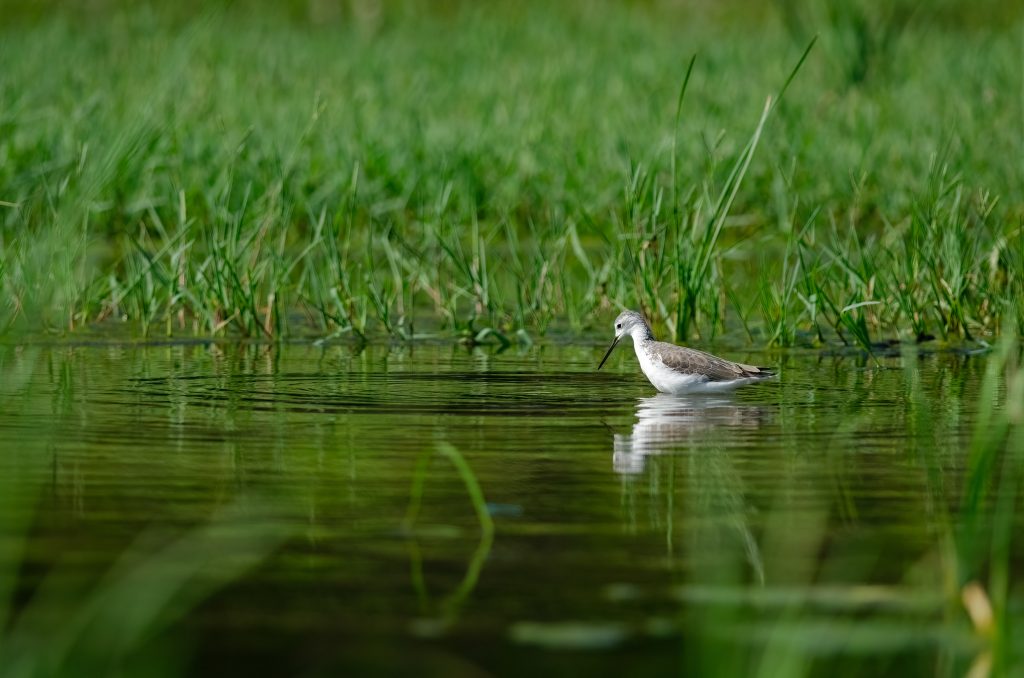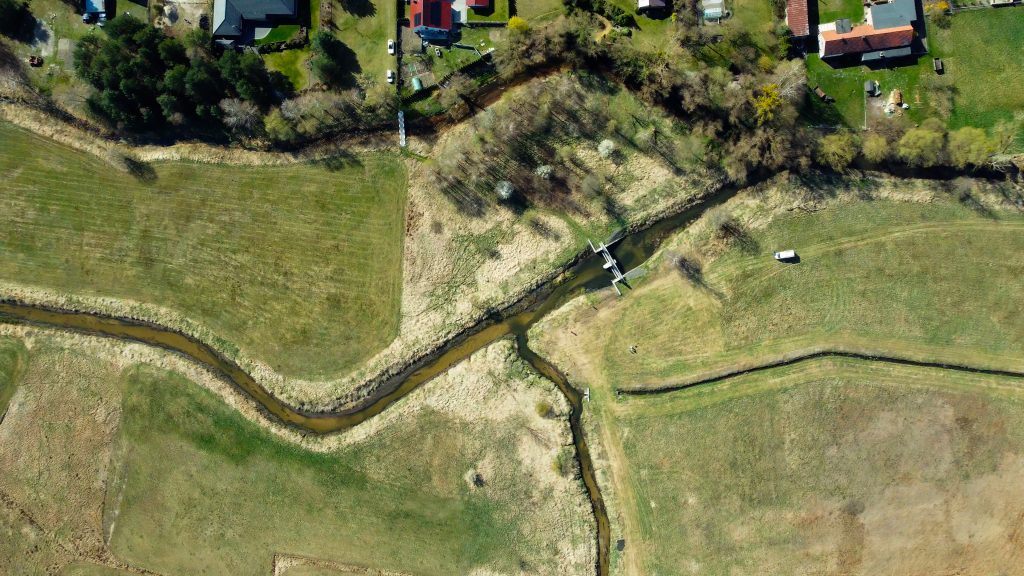The summer of 2025 was a particularly contrasting period in Poland in terms of water balance. Although the water balance indicator itself is complex and takes into account both inflows (including atmospheric precipitation, surface and groundwater recharge) and losses (evaporation, plant transpiration, surface runoff), in practice its development depends primarily on precipitation and air temperature, which influences the intensity of evapotranspiration (including evaporation from soil surfaces and water bodies, as well as plant transpiration).
Tag Archives: climate change
September is not only the beginning of the school year, but also an ideal opportunity to reconsider the challenges facing each of us. The beginning of 2025 was very dry – many regions of Poland experienced a lack of rain, rivers and lakes reached record lows, and farmers and gardeners struggled with water shortages. Such phenomena have become increasingly frequent in recent years, and forecasts indicate that drought could be one of the greatest challenges of the 21st century.
This year’s harvest has concluded. It’s a good time to review current practices and consider what we can do to improve soil health, increase drought resistance, and manage water more sustainably, as well as how to prepare for the next harvest. We discuss this with Patryk Kokociński, a farmer who irrigates his fields naturally, utilizing landscape retention water. Thanks to his efforts, the “Życie na Pola!” Association for the Protection of Mid-Field Landscape was also established.
A few hours of rain are enough for lawns to turn green and flowers to bloom. For this reason, many people believe that drought is an easily reversible problem, and that a week of heavy rain is enough to stave off a prolonged drought. However, hydrology isn’t so simple. Drought is a complex, multi-stage, and often hidden phenomenon, and its reversal depends not solely on the previous week’s weather. Short-term rainfall isn’t enough to address the consequences of drought. But what does effective “irrigation” actually look like?
Every year, on June 17th, we celebrate the World Day to Combat Desertification and Drought. This date was established by the UN General Assembly in 1994, marking the 31st anniversary of the adoption of the UNCCD
Polish Waters is preparing the first update of the Drought Effects Counteracting Plan (uDECP). Along with the subsequent stages of this project, the phases of the information and promotion campaign are changing, marked with colors: red (informing about the threat) and yellow (preparing the best solutions). The educational conference in Cracow is behind us, with which we have just entered the yellow stage. We debated on May 27th of this year.
33 years ago – on May 22, 1992, the Convention on Biological Diversity was held. Eight years later, in December 2000, the UN General Assembly commemorated this event by declaring May 22 as the International Day of Biological Diversity. This holiday aims to increase public awareness of biological diversity and its importance for socio-economic development. In 2025, the motto will be “Harmony with nature and sustainable development.”
It is estimated that in Poland we have about 250,000 km of ditches. For comparison, the length of all streams that cover the surface of our country is about 150,000 km and the land border of our country is only 3,071 km. We could only surround Poland 80 times with a system of ditches. That is not much. Rising temperatures, longer periods without precipitation, and changing climate conditions significantly reduce the availability of water, which results in increasingly frequent and more severe droughts. By slowing down the surface runoff of water, we increase soil moisture and enable more effective supply of aquifers.
Water reclamation is a set of procedures aimed at regulating water relations in the soil in order to improve its production capacity, facilitate cultivation, and protect agricultural land from flooding. Reclamation consists of draining areas from excess water and at the same time retaining water and irrigating areas in the event of drought.
On May 27, 2025, the second nationwide “Stop Drought! Start Retention!” conference will take place at the Congress Centre of the University of Agriculture in Kraków. The event is being organized as part of the work on updating the Drought Effects Mitigation Plan (aPPSS).

 PL
PL

